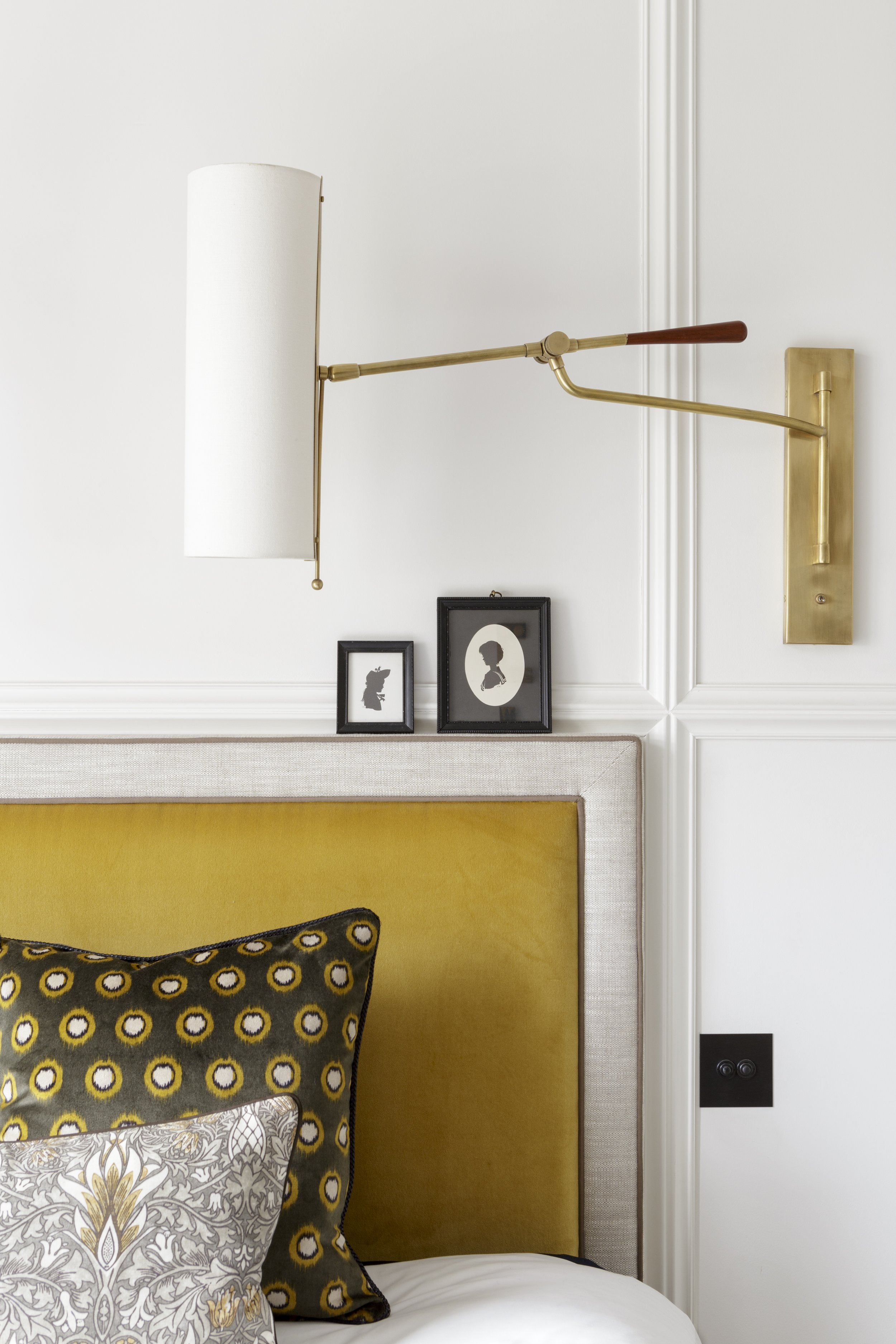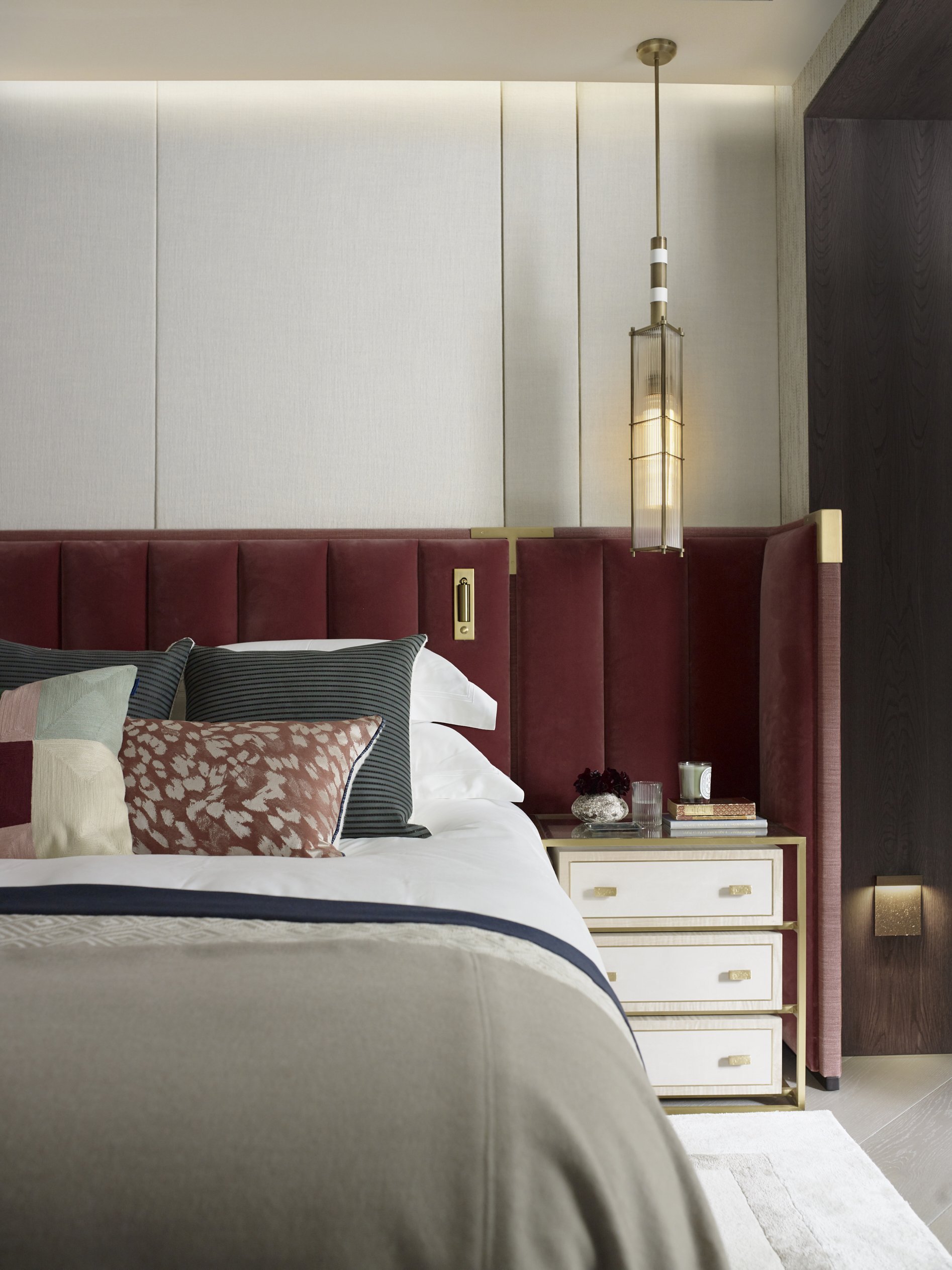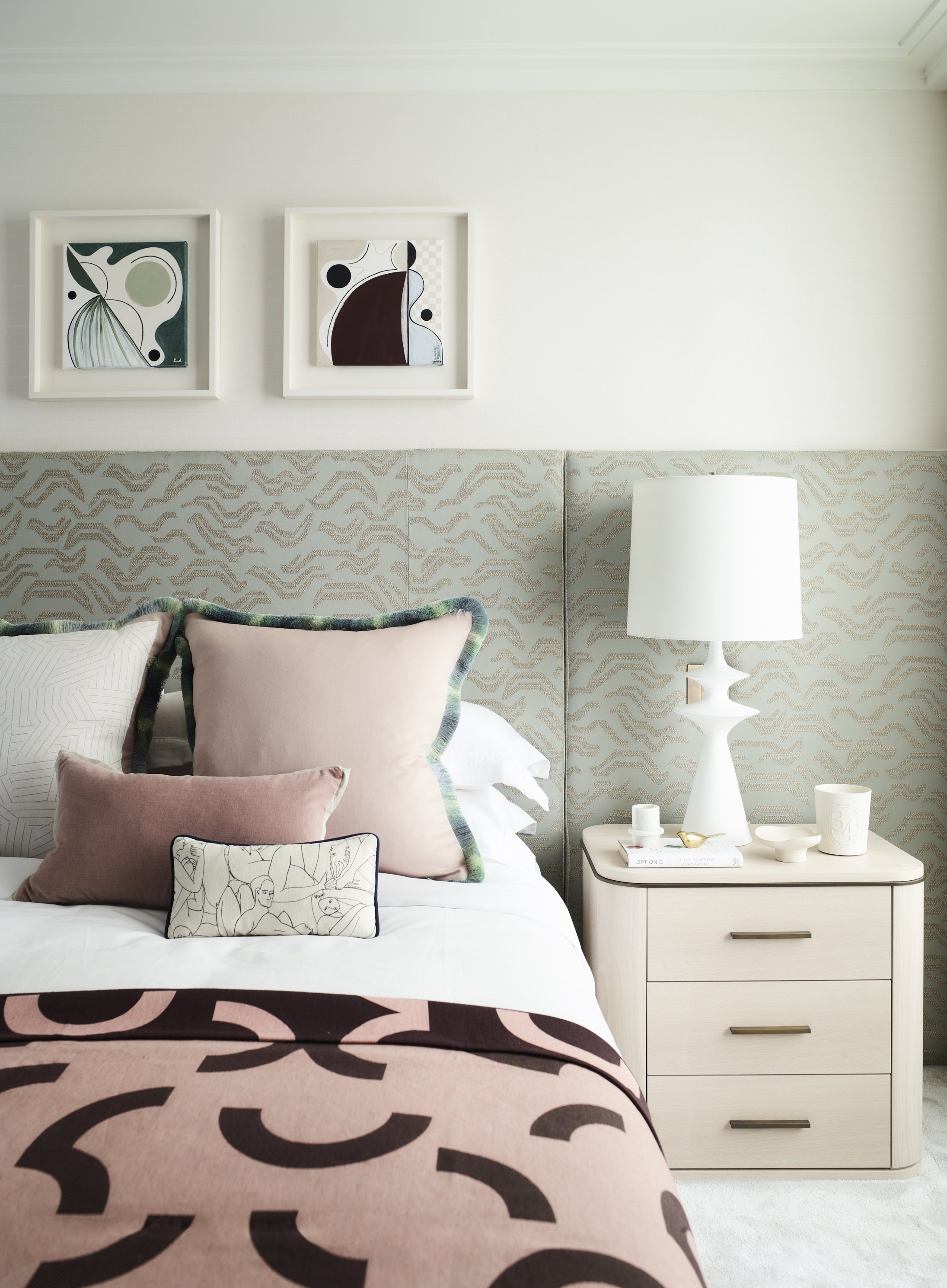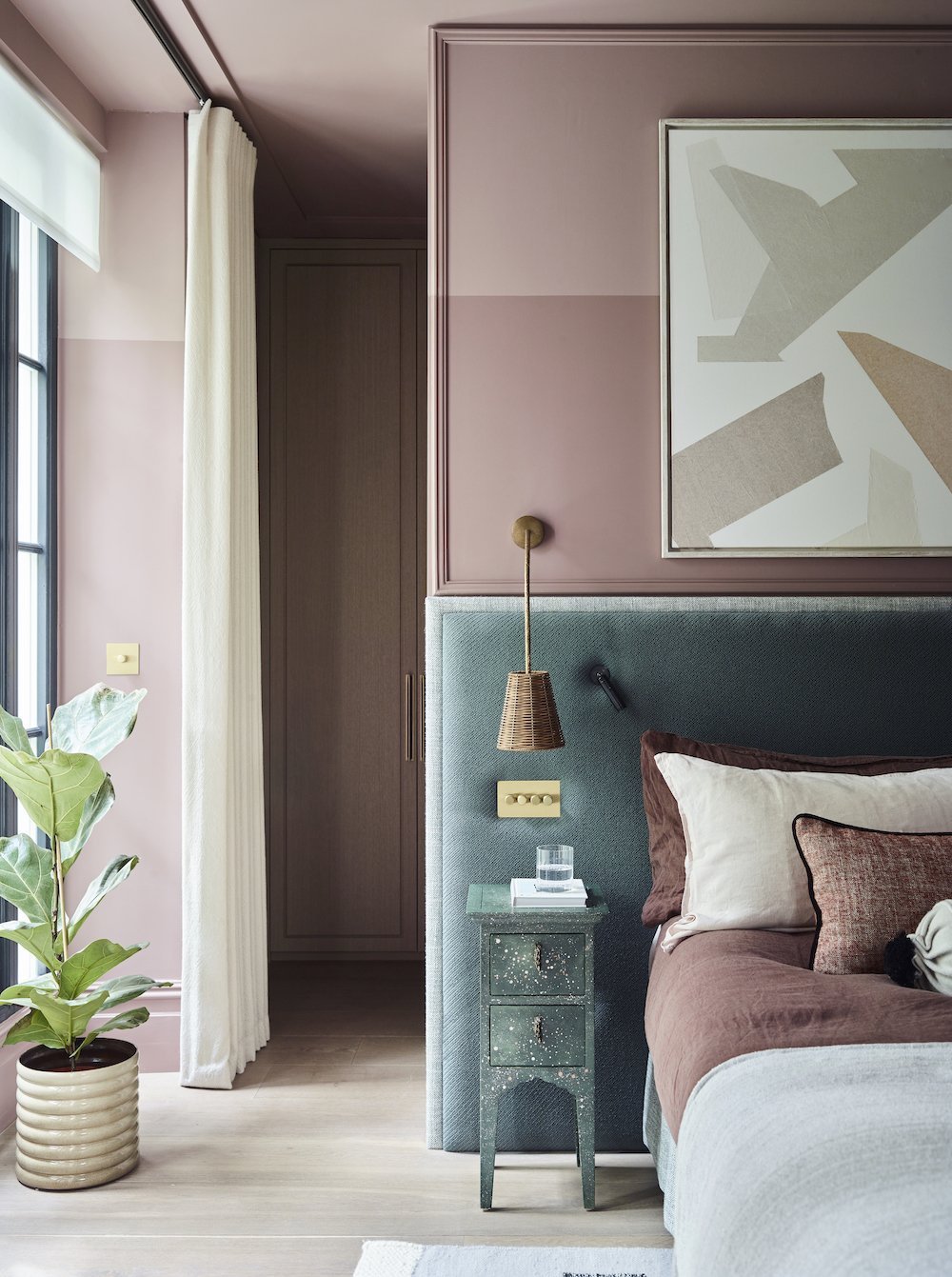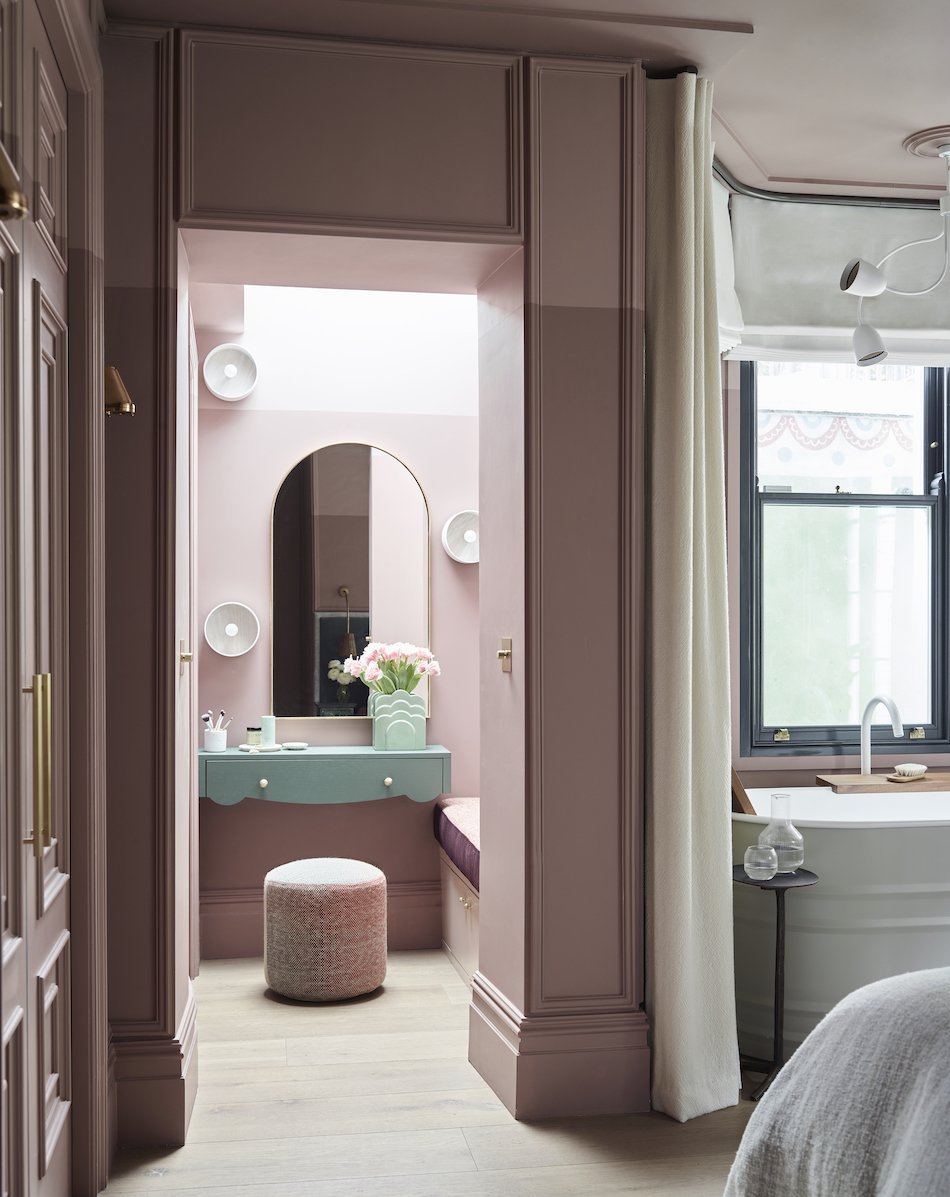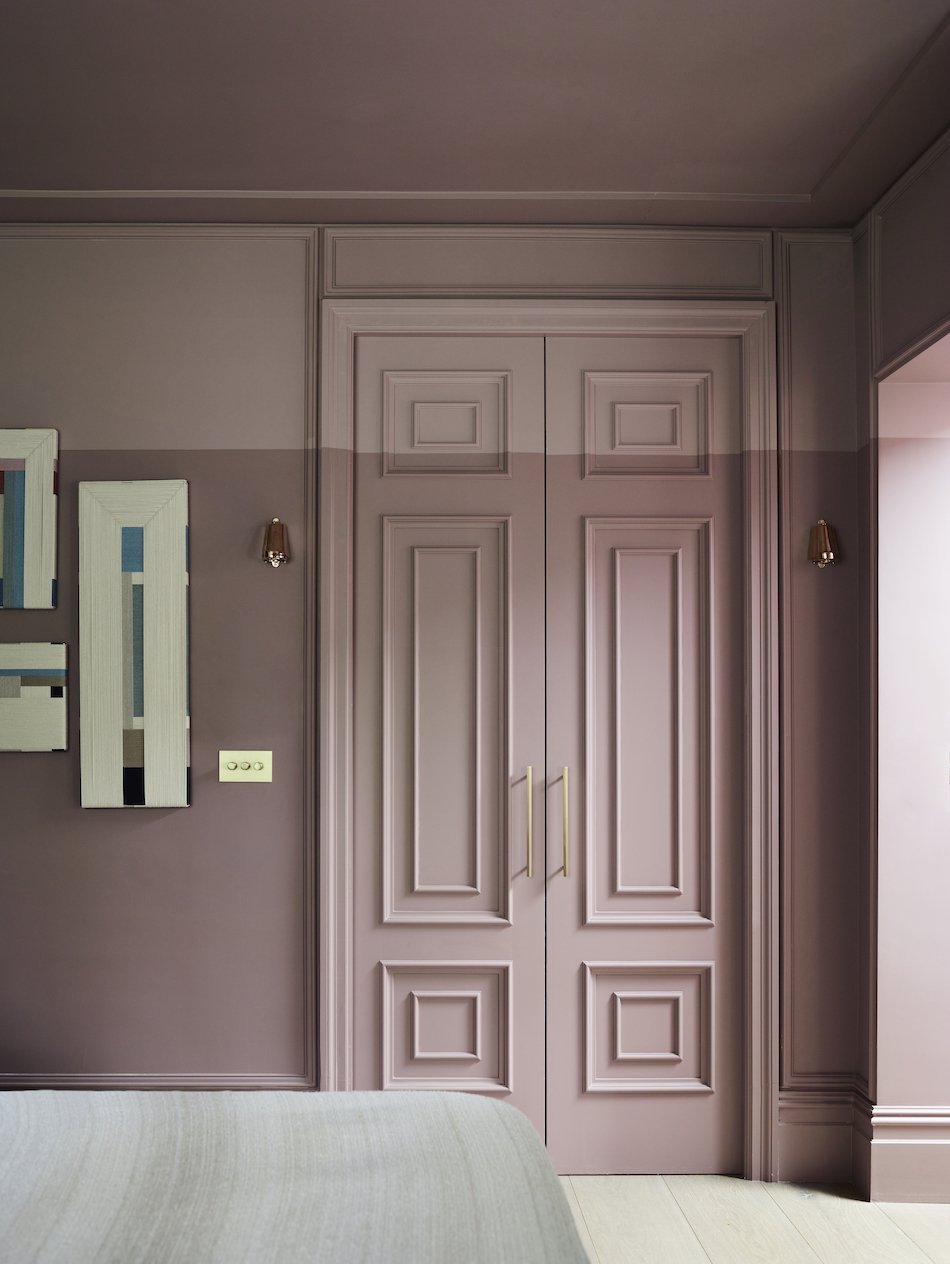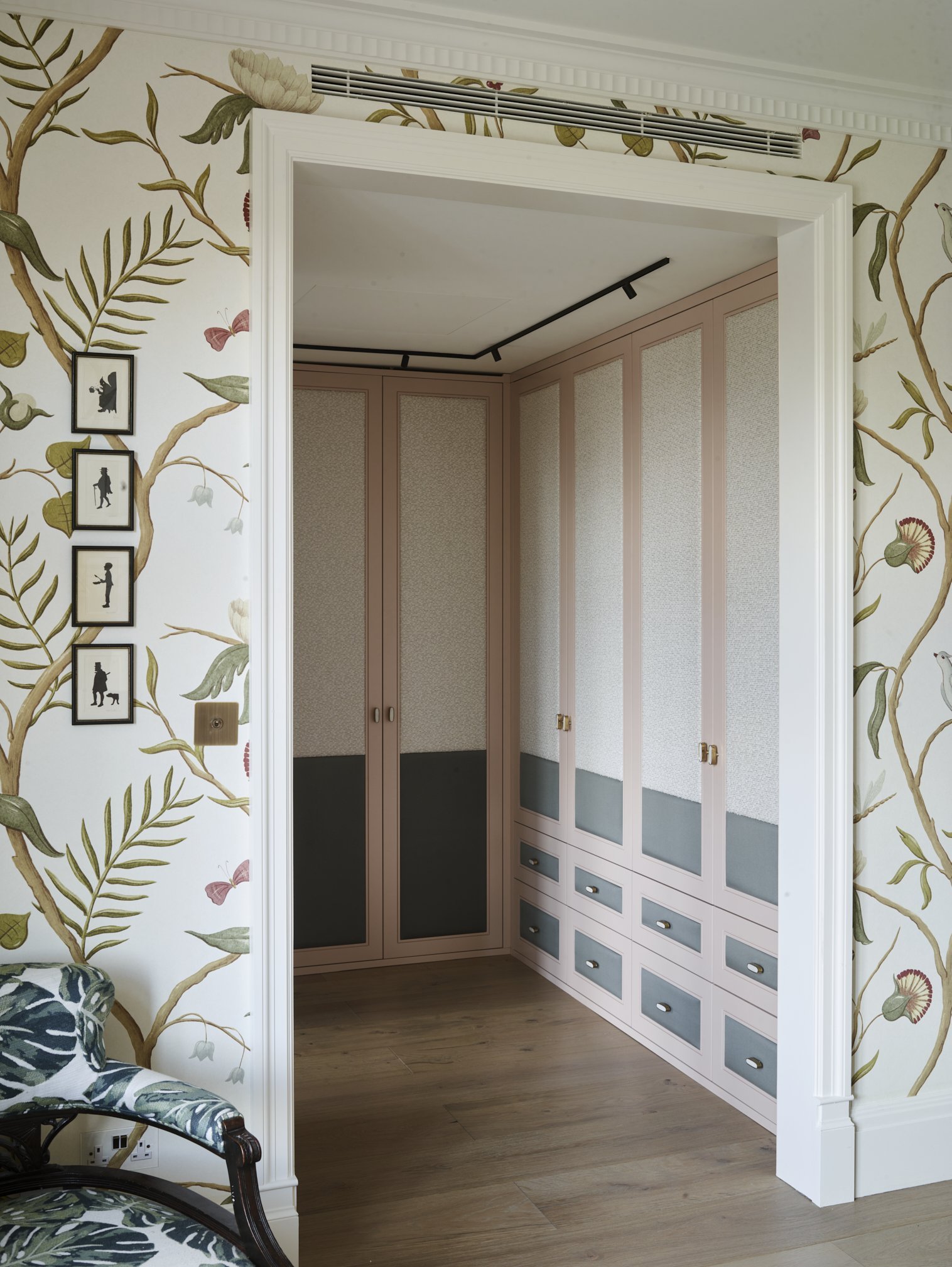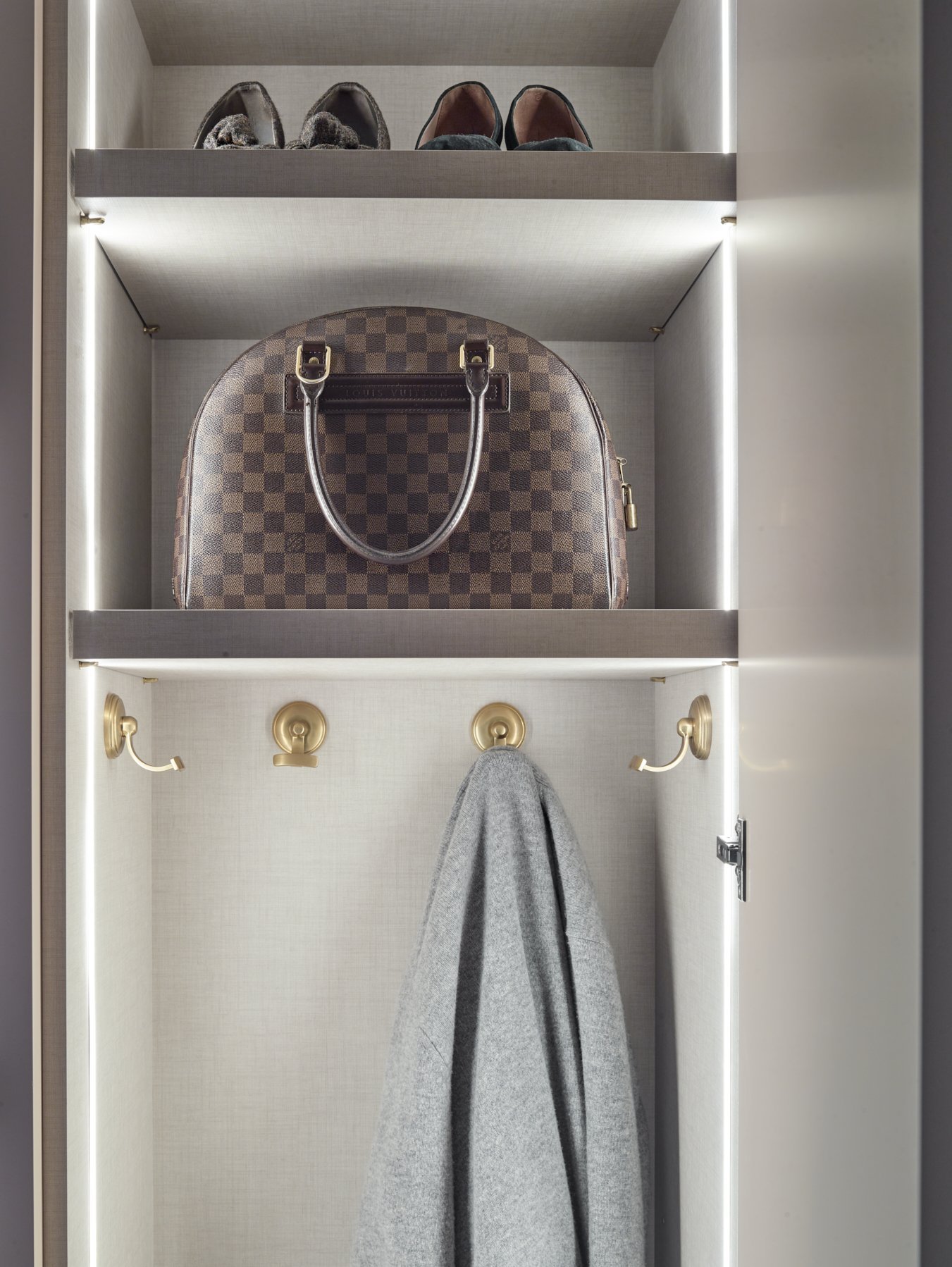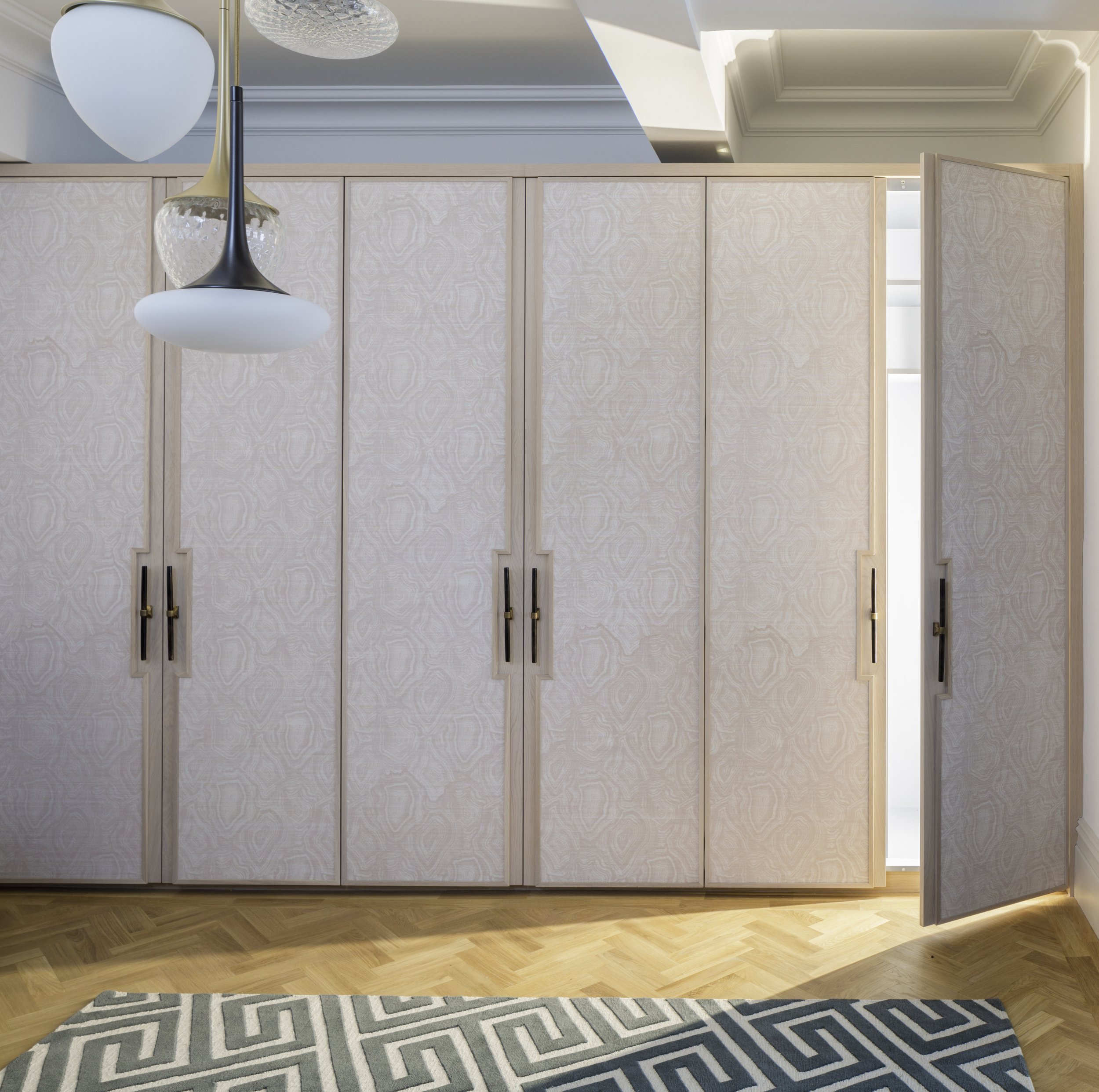How to light a bedroom: Using lighting to make the most of your space
The bedroom is the one place in the house where we actively seek darkness. However, we also need gentle light for creating a relaxing ambiance, focused light for reading or general light for dressing.To achieve all of this, it’s essential to create a considered lighting scheme based on how you use the room as well as the look you want. A layered scheme combining ambient, task and accent lighting is ideal and will ensure the bedroom is the fully flexible space you need it to be. The best way to decide which lighting to use is to divide your room into different zones, identify the tasks you’ll be doing in each zone and choose the lighting accordingly.
How to choose ambient bedroom lighting
Ambient or general lighting is the first layer of lighting. It is the primary source that creates the mood for the whole room and ideally it should cast a uniform overall glow. Avoid harsh lights as they are not ideal just before you drift off to sleep – instead, aim for lighting that creates a soothing atmosphere that’s inviting and comforting. Also bear in mind that pendant lights can diffuse light in different ways and may not illuminate the whole space, so check that yours provides an even glow and doesn’t leave dark corners. One of the most popular choices for ambient lighting is a decorative chandelier or statement pendant. When well-chosen and well designed, they can transform a bedroom into a luxurious and elegant space. The size of your pendant or chandelier is an important factor to consider. A chandelier that is too small can seem out of place in a large bedroom while one that is too large can overwhelm a smaller space. As a general rule, the diameter of your pendant or chandelier should be approximately one- third the width of your bed. This will ensure that it’s proportionate to the size of your room and bed.
Downlights for practicality and style
Downlights are another option for ambient lighting. Ideally, they should be placed around the perimeter of the room but not too close to the corners or edges (as this will create shadows). Avoid putting them in a grid formation or directly above your pillows. Instead, use your furniture to guide where you place your downlights. For example, installing them so that they wash light down the front of wardrobes, chests of drawers and dressers works well. The light not only highlights the beauty of the wood but, when the doors or drawers are open, also helps illuminate the interior. For additional convenience, consider dimmer switches for ambient lighting so you can create a soothing atmosphere before bed.
Tips to brilliant bedside lighting
Task lighting – also known as functional lighting – is another layer of illumination that’s vital in a bedroom, providing lighting for very specific tasks such as reading in bed or applying makeup. Task lights include bedside lamps, which are key to injecting a soothing glow that will help you relax as well as being a great way to frame and add symmetry to a bed. They can also provide enough light for bedtime reading and help you get into or out of bed easily when the main light is switched off. We often customise the shade – which means you can buy an average lamp and then zhuzh it up. If you don’t have enough space on your bedside table – or if you don’t have one – the solution may be to fix a light to the wall at the side of the bed or to the headboard. The ideal height for wall-mounted lights depends on how tall you are. However, in general, I would recommend placing lights at shoulder height, so they’re easy to turn off from the bed. Another alternative is to suspend pendants from the ceiling above a bedside table. This takes forward planning as you’ll need to know the exact position of your bed to work out where to install the pendants. Also, consider the amount of clearance needed between the bottom of the light and the top of the bedside table. To allow space for a pile of books or a carafe of water, I always recommend at least 30cm.
Don’t do your make-up in the dark
Always use task lighting to illuminate a dressing table to ensure your makeup is applied evenly. Avoid having a spotlight shining down on the top of your head, as this can cast unflattering shadows on your face. To prevent this, the light should be evenly distributed. There are a couple of ways to achieve this. One option is to invest in a mirror with an integrated LED light. This provides bright and even lighting that helps to illuminate your face and provide a clear reflection. Another benefit is that an integrated LED light eliminates the need for additional lighting fixtures. This is particularly useful for small rooms where space is limited. If you prefer a more decorative approach, you can install wall lights on either side of the. As long as the light is evenly spread, you can’t go wrong. And consider adding dimmer switches. Sometimes you may want brighter light for applying makeup, and other times you may want a softer, more relaxing ambiance. Installing dimmer switches allows you to adjust the lighting to your needs.
Light up the inside of your wardrobe
Task lighting is necessary inside your wardrobe to help you to find what you’re looking for. Rather than lighting every shelf with a recessed LED strip, which will illuminate every corner of your wardrobe but prove expensive, a better solution is to have vertical lighting to the left and right within each wardrobe. It will give perfectly adequate light and the resulting soft glow is much more aesthetically pleasing. It’s important to check carefully how bright your chosen LED is, so that when you open the wardrobe doors you don’t get dazzled by the light. This is particularly key in the early morning or at night, when the last thing you want is an assault on your senses.
Accent lighting for bedrooms
Accent lighting is typically used to create a focal point or to draw attention to a particular piece of artwork, furniture, or architectural feature. In the bedroom, accent lighting can be used to light shelves and emphasise items stored there. Lighting at the front of the shelves, for example, will wash down the front of your books with a lovely warming glow. Alternatively, for more subtly lit joinery, place the lighting at the back of each shelf. This works particularly well if you have floating shelves, which are only fixed at either side. A strip of LED lights in the gap at the back of the shelf will shine up and down the wall behind.
Bulb warmth
When choosing a bulb, don’t forget to consider the colour temperature, which indicates how cool or warm the light is and is measured in kelvins. Colour temperature can range from a warm, yellowy light to a much brighter, cleaner light commonly used in commercial settings. For a warm, relaxing light that is easy on the eyes, I recommend a colour temperature of around 2,700K.



